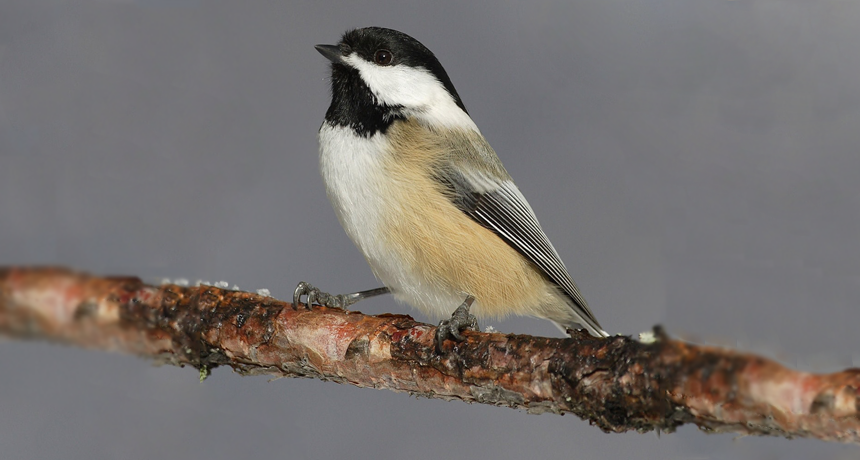Bird malaria moves north
Germs that cause a so-called tropical disease make themselves at home in frosty Alaska

Black-capped chickadees, like the one shown here, stay in Fairbanks, Alaska, year-round. Scientists report that some of the birds have been found with avian malaria, suggesting that the germ that causes the disease has established itself in the far North.
Mdf/wikipedi







